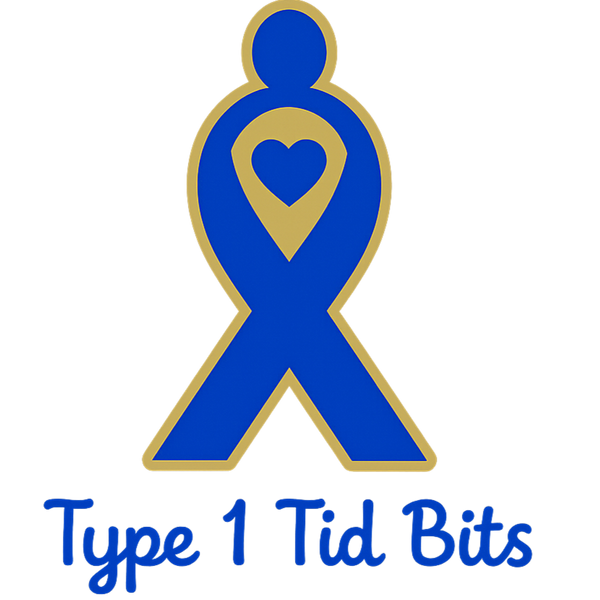If you live with Type 1 Diabetes (T1D), you’re no stranger to curious looks, questions, and sometimes myths. Whether it’s kids at a party or a stranger at a coffee shop, explaining T1D in a way that’s easy to understand — and leaves a positive impression — can make all the difference.
Here’s how I break it down, keeping it simple, friendly, and real.
🤖 How I Explain Type 1 Diabetes to Kids
1. Keep it Short and Sweet Kids have short attention spans, so I stick to a few sentences:
“My body doesn’t make something called insulin, which helps turn food into energy. So, I use medicine and check my blood to help my body stay strong and happy.”
2. Use Fun Analogies Comparing diabetes to something kids already know works wonders:
“Imagine your body is like a car. Most cars have an engine that works just fine. My engine needs a little extra petrol (insulin) to keep running. That’s why I need injections or gadgets.”
3. Show (If They’re Interested) Sometimes I show my insulin pump or CGM and say:
“This is my superhero gadget! It helps my body know how much energy it needs.”
4. Reassure Them Kids sometimes worry:
“You can’t catch diabetes. It’s just something special about me that I take care of.”
👥 How I Explain Type 1 Diabetes to Strangers
1. Tailor It to the Situation If it’s a quick chat (like when I’m asked about a sensor or an insulin jab), I say:
“I have Type 1 Diabetes — an autoimmune condition. My pancreas doesn’t make insulin, so I manage it manually with medication and tech.”
2. Correct Myths Gently Sometimes people confuse T1D with Type 2 Diabetes. I’ll kindly say:
“They’re both about blood sugar, but they’re really different. Mine isn’t caused by lifestyle — it’s autoimmune.”
3. Focus on Empowerment I emphasise that it’s manageable:
“It’s a lot of work, but it doesn’t stop me from doing anything. I’m in charge of my diabetes, not the other way around.”
4. Invite Questions (If I’m in the Mood) If they seem genuinely curious, I’ll say:
“If you’ve got questions, feel free to ask. I’d rather you know than guess!”
📊 Why It Matters
Explaining Type 1 Diabetes clearly helps to:
-
Raise awareness
-
Reduce stigma
-
Empower people with correct information
-
Build a more understanding and inclusive community
🌍 Final Thoughts
You don’t have to be a walking textbook. Just sharing your reality — with a little kindness, a little humour, and a lot of honesty — goes a long way.
Every conversation is an opportunity to educate and inspire. 🌟
Want more real-life T1D insights? Visit type1tidbits.co.uk for fresh blogs, tips, and relatable stories!

